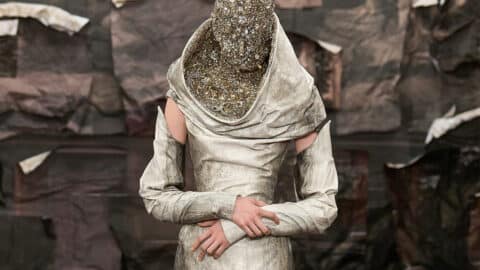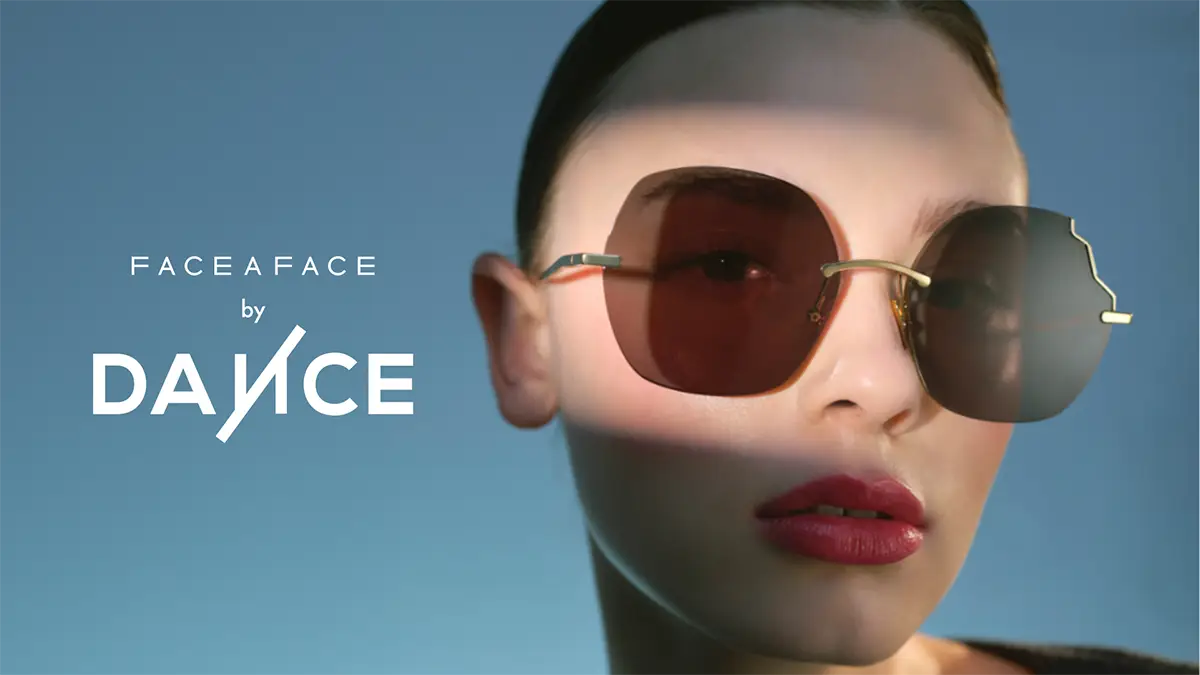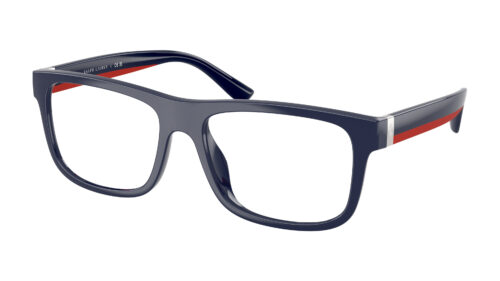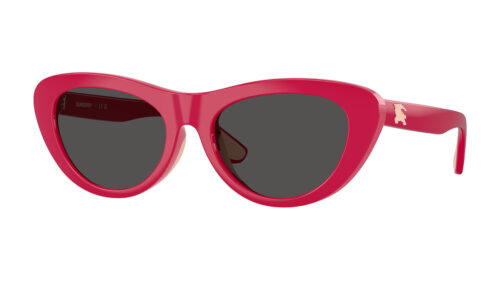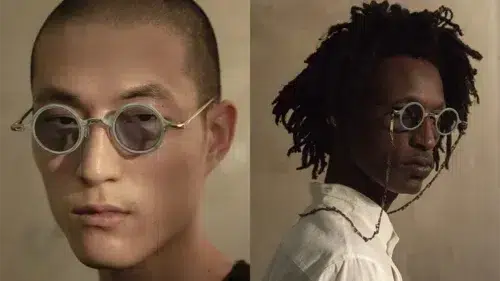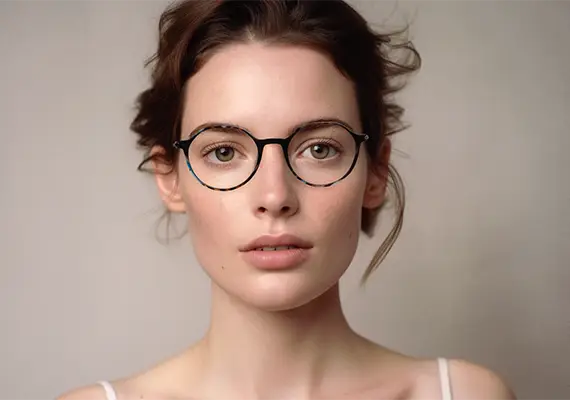What narrative drives this Artisanal 2025 collection?
Maison Margiela, under Glenn Martens’ creative direction, dives into a Northern Gothic reverie this season. Medieval Flanders, Renaissance interiors, baroque motifs, and symbolist painting form the collection’s cultural bedrock. Towering silhouettes and sculpted bodies evoke the sacred architecture of cathedrals—fashion becomes sacred geometry.
How is the body constructed and dramatized?
Each look is anchored by an anatomical corset, sliced under the ribs and around the pelvis. This structure sculpts the torso like a religious icon. Wet drapery effects, transparent plastics, and molded materials amplify this theatrical tension between flesh, sculpture, and mysticism.
Which reclaimed materials express Margiela’s ethos?
True to the house’s DNA, the collection reimagines humble matter: printer paper, deadstock brocades, vintage costume jewelry, upcycled biker leather. Even the masks—crushed metal boxes—shift focus from face to craft. Here, upcycling is not just ethical; it’s poetic.
What role do prints and painterly references play?
Surfaces are saturated with imagery: Dutch still lifes, floral embossed leathers, trompe-l’oeil brushwork reminiscent of Gustave Moreau. Printed on tulle, satin, plastic, and paper, these motifs erupt into sculptural forms—winged hems, veiled bustiers, and garments-as-canvases.
How is Margiela’s iconic footwear reinvented?
The iconic Tabi boot morphs into clawed versions in painted leather, printed plastic, and brocade. Some float on plexiglass wedges, while the Santiago boot appears heelless. Footwear becomes both relic and relic reborn—ritualistic, sculptural, surreal.
Why spotlight this collection right now?
Because it distills Maison Margiela’s essence into a total artwork—sensorial, scholarly, and deeply material. Glenn Martens stages a textile theater where every stitch, surface, and silhouette declares fashion’s ability to remember, subvert, and transcend.
